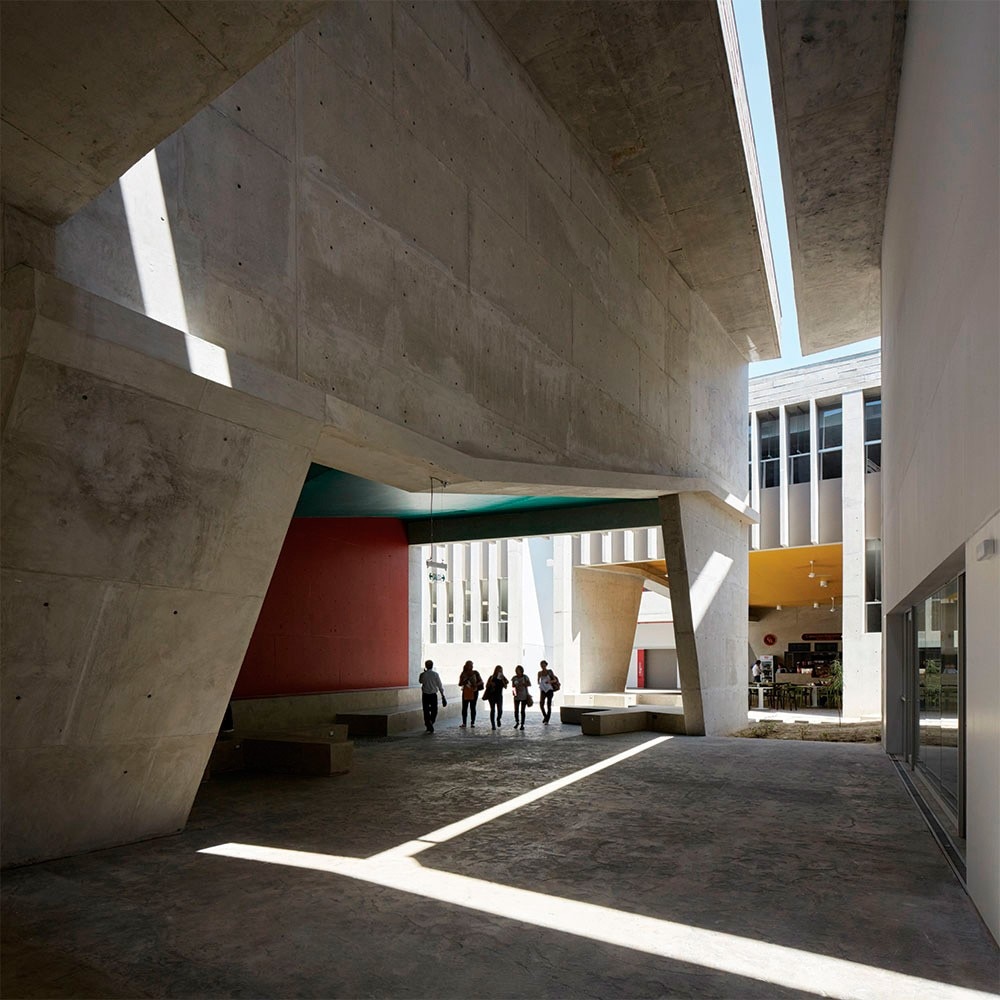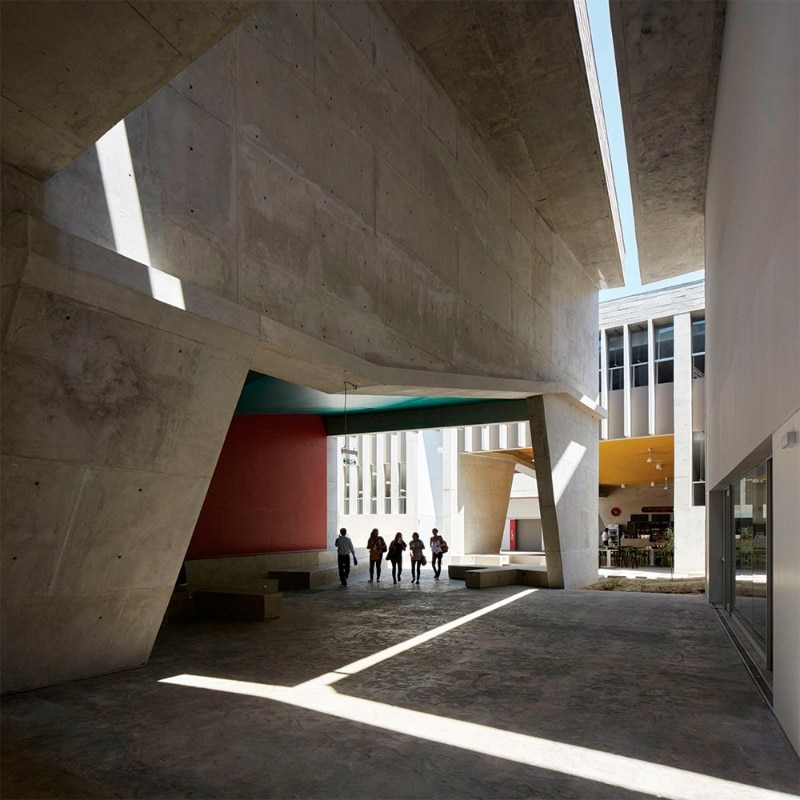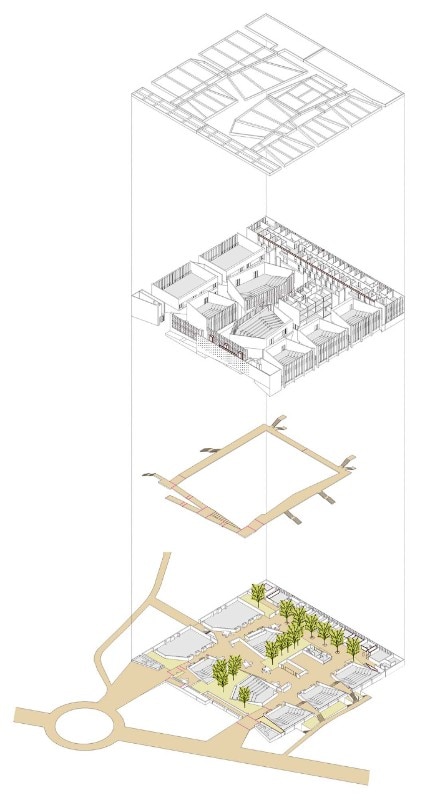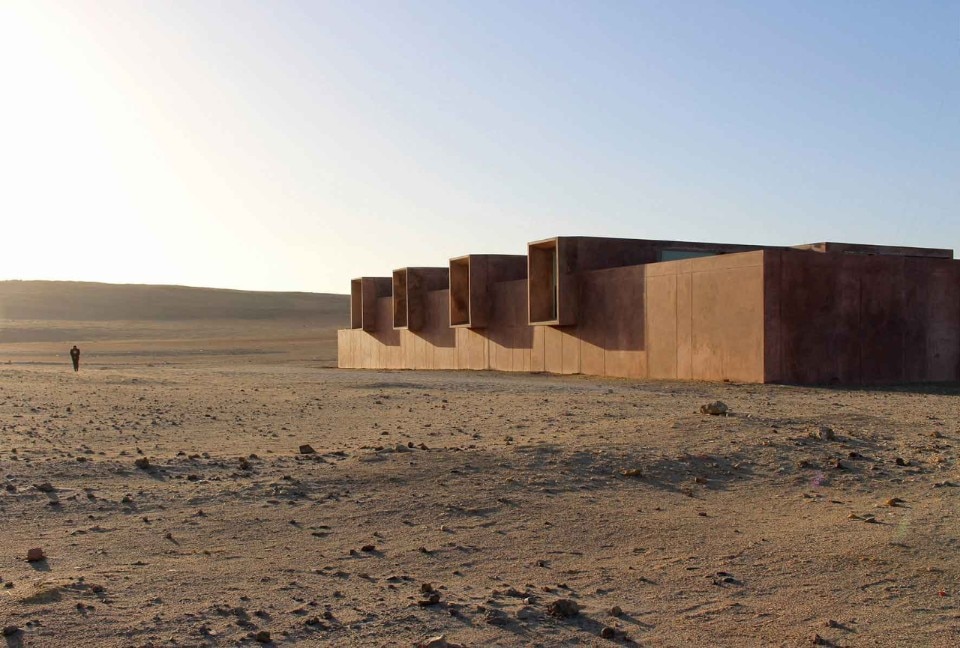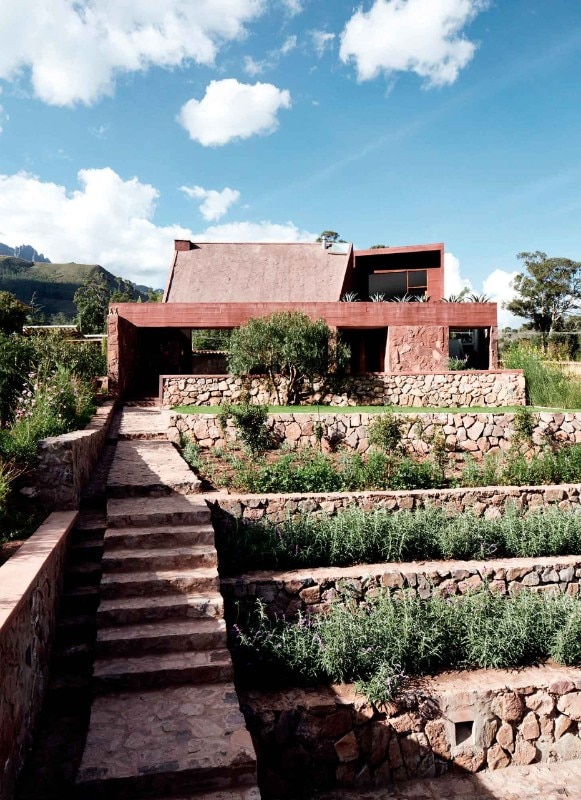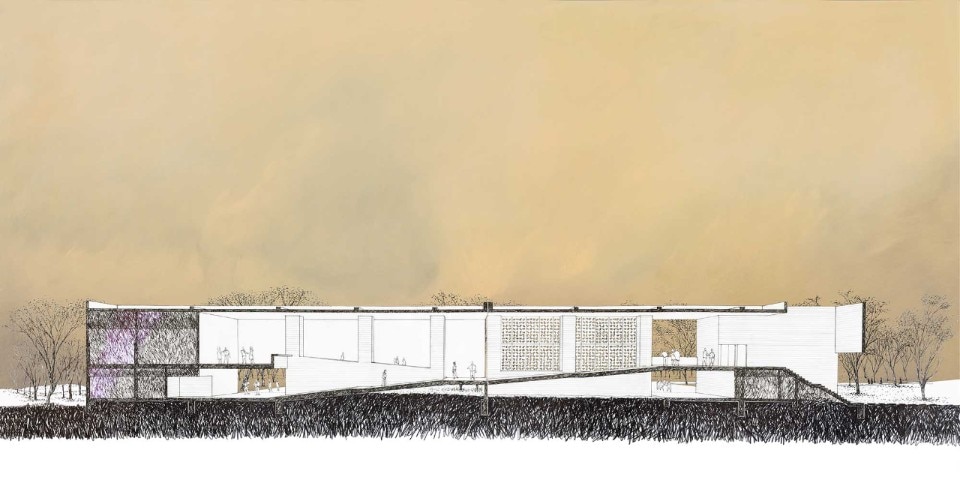Barclay & Crousse Architecture was founded in Paris in 1994 by Sandra Barclay (Lima, 1967) and Jean Pierre Crousse (Lima, 1963). Since 2006, it has been based in Lima, Peru (while projects in France are followed by Atelier Nord Sud, opened in 2004 by Crousse and two associates). Work includes single-family dwellings, museums, mixed-use buildings and university facilities. Its distinctive trait is combining the approach of great 20th-century architects with the constructive and spatial culture found in Peru.
For l’Equis House (Lima, 2003), Le Kioske (Cañete, 2006) and Huayoccari Landscape (Cusco, 2009), the office investigated how landscape conditions can influence design choices. The ways these projects sit and integrate with the topography are drawn from pre- Columbian times.
For C3 House (Ancon, 2017) and F House (Lima, 2010), Barclay and Crousse begin applying motifs taken from late work by Le Corbusier and Louis Kahn, duly adapted to the location and the way of building found there. Kahn’s legacy finds maximum expression at the University of Piura (2016), where the complexity and richness of the indoor space contrasts with the simplicity of the outside. At the cultural centre Place of Remembrance (Lima , 2013), we see a mature synthesis of pre-Colombian construction types and Le Corbusier, whose concept of the itinerary as a promenade architecturale structures the entire complex with harmoniously interlocking terraces and platforms.
The sensibility of Barclay & Crousse Architecture when it comes to interpreting a museum’s identity follows a different line at the Paracas Museum (2016) built on a natural reserve in Ica, Southern Peru. Formal abstraction on the outside, labyrinthine space on the inside, simple and rational construction systems, traditional techniques used on the surfaces – all are seemingly motivated by pragmatic reasons connected to the low cost of the construction and the need to control light and climate, but the characteristics of the museum derive from the way ancient Peruvians used to integrate their structures into the desert landscape, and from the labyrinthine schemes used in pre-Columbian buildings. They also look to one of the cornerstones of Kahn’s poetic style, namely his aspiration to the quality of ruins.
Barclay & Crousse Architecture
Its distinctive trait is combining the approach of great 20th-century architects with the constructive and spatial culture found in Peru
